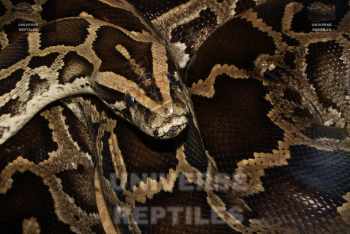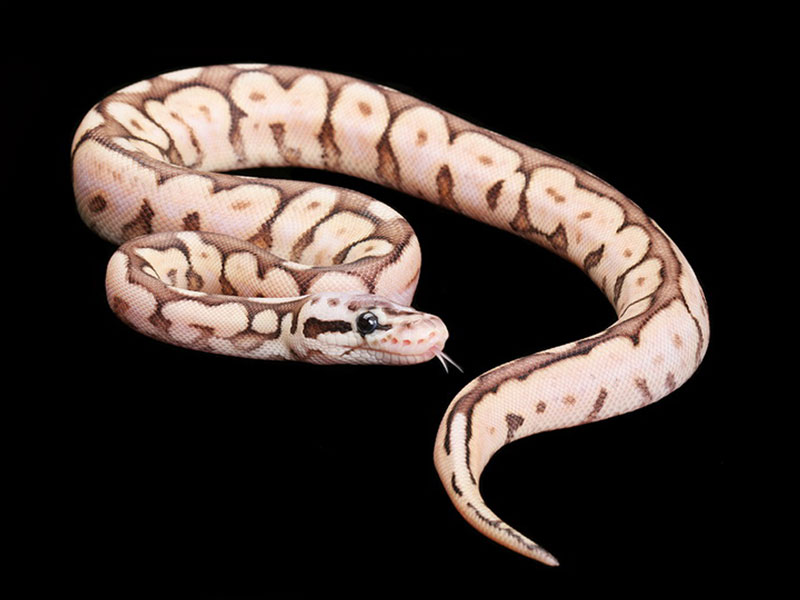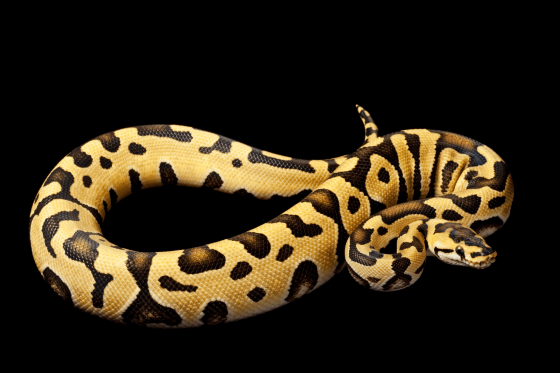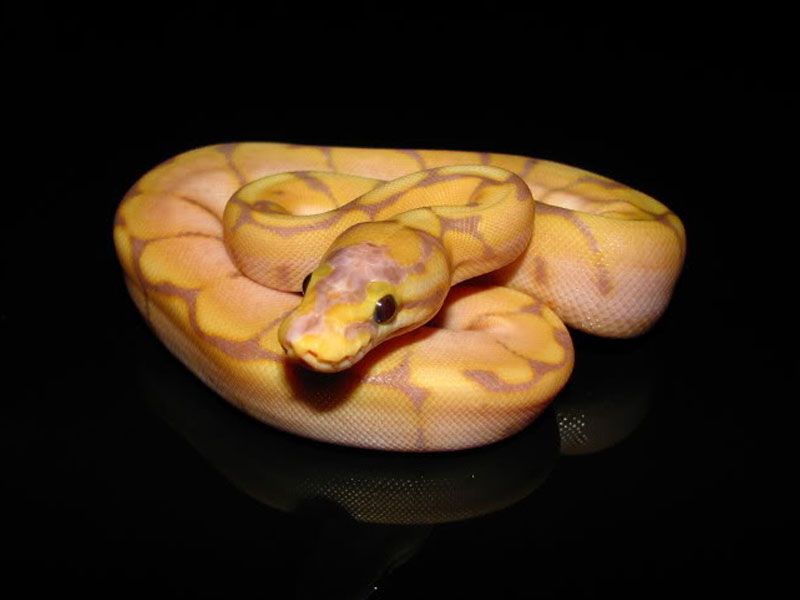Ball pythons are one of the most popular pet snakes, and it’s easy to see why! They are calm, easy to take care of, and have a cool look that reptile lovers really like. But even though ball pythons are known as “beginner snakes,” they can be a little picky when it comes to eating. I’ve seen many snake owners, who are trying to do their best, make mistakes that can stress their snakes out or even make them sick.
In this blog, I’ll explain the top feeding mistakes that every ball python owner should avoid. I’ll also talk about why ball pythons sometimes stop eating and what you can do to fix it. Whether this is your first time owning a ball python or you’ve had one for years, this guide will help you keep your snake healthy and happy!
Mistake #1: Feeding the Wrong Prey Size
One of the most common mistakes I see is feeding ball pythons prey that’s either too large or too small. This might seem like a minor issue, but it can have serious consequences for your snake’s health.
- Why It’s a Problem:
Feeding prey that’s too large can cause regurgitation, impaction, or even internal injuries. On the other hand, prey that’s too small won’t provide the necessary nutrients, leading to malnutrition over time. - How to Fix It:
A good rule of thumb is to feed prey that’s about the same width as the thickest part of your snake’s body. For juvenile ball pythons, this usually means pinky or fuzzy mice, while adults can handle small to medium rats. If you’re unsure, consult with a reputable breeder or a trusted source like Universe Reptiles for guidance.
Pro Tip: If your snake regurgitates its meal, wait at least 10-14 days before offering food again to allow its digestive system to recover.
Mistake #2: Overfeeding or Underfeeding
Ball pythons have a slower metabolism compared to other pets, which means they don’t need to eat as often. However, finding the right balance can be tricky.
- Why It’s a Problem:
Overfeeding can lead to obesity, which puts unnecessary strain on your snake’s organs and shortens its lifespan. Underfeeding, on the other hand, can result in malnutrition and stunted growth. - How to Fix It:
Juvenile ball pythons typically eat once every 5-7 days, while adults can be fed every 7-10 days. Monitor your snake’s body condition—if it’s looking too thin or too round, adjust the feeding schedule accordingly.
Watch for Signs: A healthy ball python should have a slightly rounded body without visible spine or rib bones. If you’re unsure, consult a reptile veterinarian for advice.
Mistake #3: Ignoring Environmental Stress
Ball pythons are sensitive creatures, and their environment plays a huge role in their appetite and overall well-being.
- Why It’s a Problem:
If the enclosure is too cold, too hot, or lacks proper hiding spots, your snake may refuse to eat. Stress from an unsuitable environment can also weaken their immune system, making them more susceptible to illness. - How to Fix It:
Ensure your snake’s habitat has a temperature gradient: 88-92°F on the warm side and 78-80°F on the cool side. Use a thermostat to regulate the heat source and avoid sudden temperature fluctuations. Additionally, provide at least two hiding spots—one on the warm side and one on the cool side—to help your snake feel secure.
Pro Tip: Avoid placing the enclosure in a high-traffic area or near loud noises, as this can also cause stress.
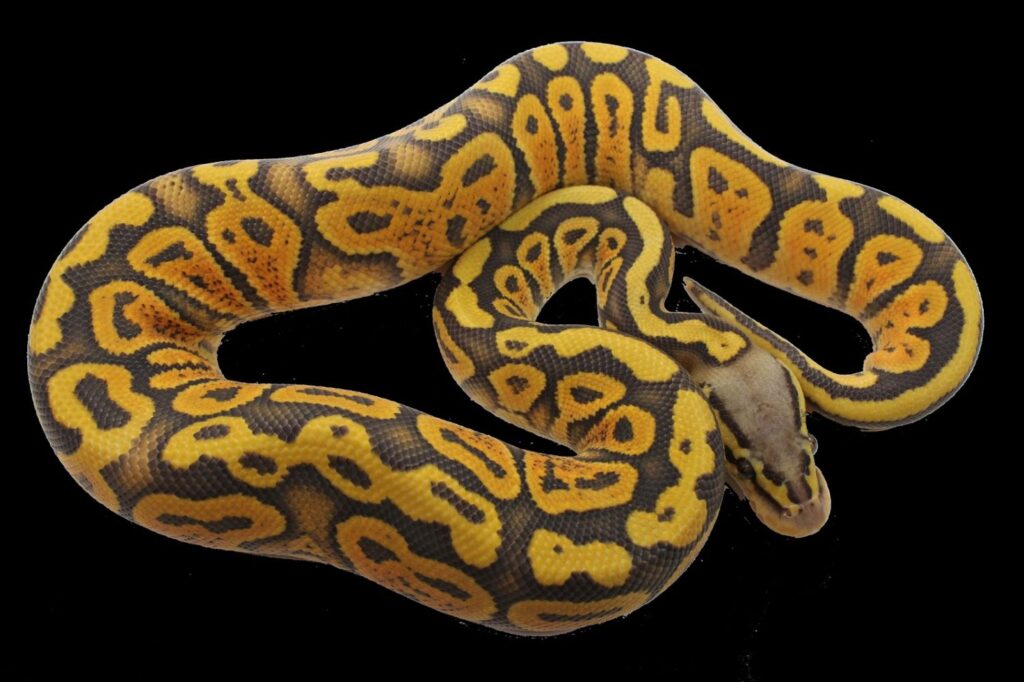
Mistake #4: Handling Your Snake Too Soon After Feeding
Handling your ball python immediately after feeding is a common mistake that can lead to regurgitation.
- Why It’s a Problem:
Ball pythons need time to digest their meals properly. Handling them too soon can cause stress and disrupt the digestive process, leading to regurgitation. - How to Fix It:
Wait at least 48 hours after feeding before handling your snake. This gives them enough time to digest their meal and reduces the risk of regurgitation.
Pro Tip: If your snake does regurgitate, don’t panic. Wait 10-14 days before offering food again and ensure the enclosure conditions are optimal.
Common Feeding Mistakes That Make Ball Pythons Stop Eating
Feeding a ball python might seem easy, but small mistakes can cause stress and make your snake stop eating. Sometimes, the problem is due to seasonal fasting, which is completely normal. Adult ball pythons often eat less during colder months, just like they do in the wild. Other times, the issue comes from things like the wrong temperature, handling too soon after feeding, or using prey that is too big.
To understand why ball pythons stop eating and what you can do about it, check out our guide: Why Ball Pythons Stop Eating and How to Fix It. By avoiding common feeding mistakes, you can help your snake stay happy, healthy, and well-fed.
Mistake #5: Feeding Live Prey Without Supervision
While some ball pythons prefer live prey, feeding live rodents can be dangerous if not done correctly.
- Why It’s a Problem:
Live prey can injure your snake, especially if left unattended. Rats and mice can bite or scratch your snake, leading to infections or other health issues. - How to Fix It:
If you must feed live, always supervise the feeding process and remove the prey if your snake shows no interest. Alternatively, consider switching to frozen-thawed prey, which is safer and more convenient.
Safer Alternative: Frozen-thawed prey eliminates the risk of injury and is easier to store. To make it more appealing, warm the prey in warm water before offering it to your snake.
Mistake #6: Not Monitoring Your Snake’s Health
Feeding issues are often a sign of underlying health problems. Ignoring these signs can lead to serious consequences.
- Why It’s a Problem:
Weight loss, lethargy, or changes in behavior can indicate illness or parasites. If left untreated, these issues can become life-threatening. - How to Fix It:
Regularly monitor your snake’s weight and behavior. If you notice any changes, consult a reptile veterinarian as soon as possible.
Pro Tip: Keep a feeding and health journal to track your snake’s eating habits, weight, and any unusual behavior. This can help you identify patterns and address issues early.
Conclusion
Feeding your ball python doesn’t have to be complicated, but it does require attention to detail and a good understanding of your snake’s needs. By avoiding these common mistakes, you’ll ensure your ball python stays healthy, happy, and thriving.
If you’re ever in doubt or need expert advice, don’t hesitate to reach out to Universe Reptiles. We’re here to help you provide the best care for your scaly friends. Remember, a well-fed ball python is a happy ball python!

